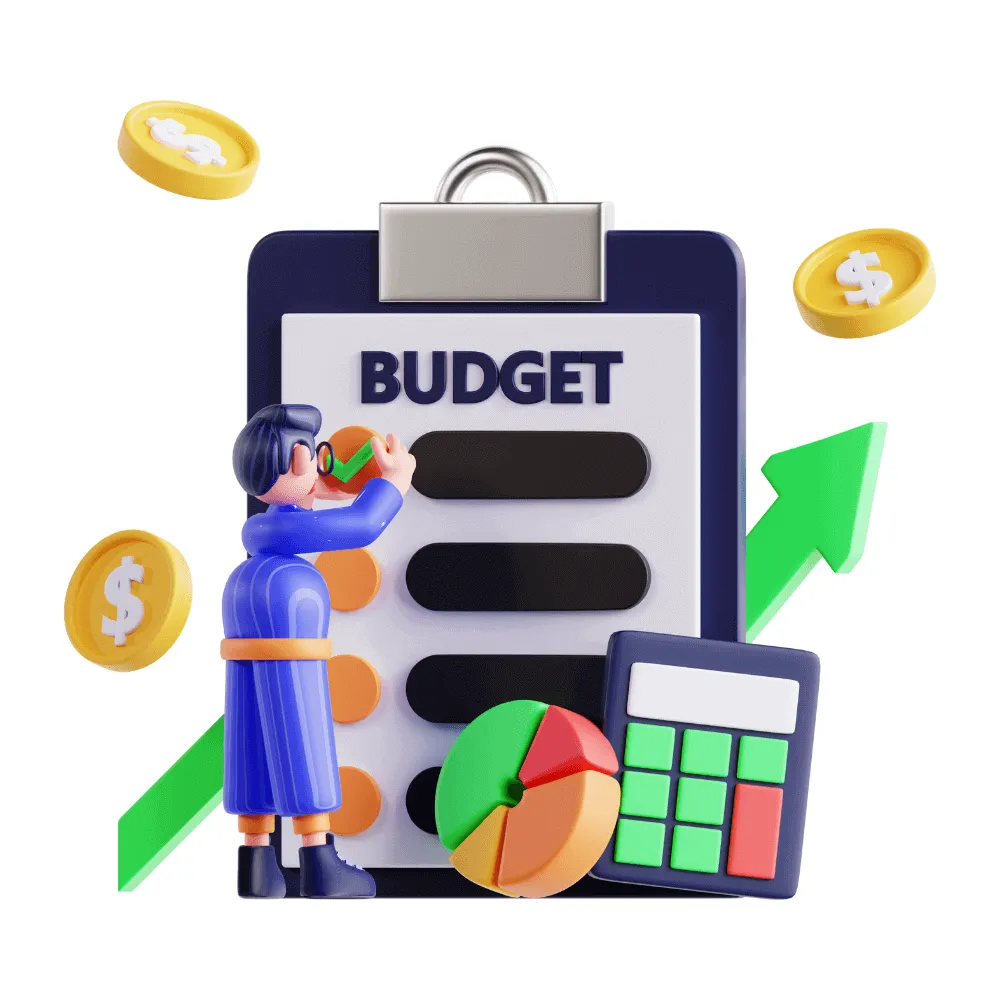How to Catch Up on Retirement Savings in Your 40s
Introduction
If you're in your 40s and feeling behind on retirement savings, don't despair. You're not alone. Many people realize at this stage that they haven't saved enough and start wondering how to secure their financial future.
Well, it's never too late to create a retirement savings plan that helps you build wealth and retire comfortably. This guide will outline actionable steps to catch up and get back on track.

Assess Your Current Retirement Savings
Before making any major changes, evaluate where you stand financially. Consider:
- Your current retirement account balance (401(k), IRA, or other investment accounts)
- Your estimated monthly expenses in retirement
- How many years you have left until your desired retirement age
Use Retirement Calculators
Many online retirement savings plan calculators can help you determine how much more you need to save based on your age, income, and lifestyle.
Maximize Your Contributions
One of the fastest ways to catch up on retirement savings is by maximizing contributions to tax-advantaged accounts:
- 401(k) Contributions: If your employer offers a 401(k), aim to contribute the maximum allowed ($23,000 in 2024). If you're over 50, take advantage of catch-up contributions of an extra $7,500.
- IRA Contributions: If you don’t have access to a 401(k), consider a Roth or Traditional IRA, where you can contribute up to $7,000 per year ($8,000 if you're 50+).
- Employer Matching: If your employer offers a match, make sure you're contributing enough to take full advantage of the free money.
Cut Expenses and Reallocate Funds
To accelerate your savings, identify areas where you can reduce spending and reallocate funds toward your retirement:
- Eliminate unnecessary subscriptions and services.
- Downsize high-cost lifestyle habits (eating out, luxury expenses, etc.).
- Pay off high-interest debt to free up more income for investments.

Diversify Your Investment Strategy
In your 40s, you need a balanced investment strategy that prioritizes growth while managing risk. Consider:
- Index Funds & ETFs: These offer broad market exposure with lower risk.
- Bonds & Fixed-Income Investments: To add stability to your portfolio.
- Real Estate Investments: Rental properties or REITs can provide passive income in retirement.
- Health Savings Account (HSA): If eligible, an HSA allows tax-free savings for medical expenses in retirement.
Consider Side Hustles or Additional Income Streams
If you're behind on savings, increasing your income can help you catch up faster:
- Freelancing or Consulting: Use your professional skills to earn extra income.
- Part-Time Work: Look for flexible gigs that fit your schedule.
- Invest in Passive Income Streams: Dividend stocks, rental properties, or peer-to-peer lending can provide additional funds.
Delay Retirement (If Necessary)
If you’re significantly behind, delaying retirement by a few years can make a major difference:
- More Time to Save: Extra years in the workforce mean additional contributions.
- Higher Social Security Benefits: Waiting until age 70 increases monthly payouts.
- Reduced Withdrawal Years: Less time relying on savings means lower withdrawal rates.
Frequently Asked Questions (FAQ)
1. Is it too late to start saving for retirement in my 40s?
No, it’s never too late! While starting earlier is ideal, your 40s can still be a great time to build a solid retirement savings plan. By maximizing contributions, cutting unnecessary expenses, and investing wisely, you can make significant progress toward financial security.
2. How much should I have saved for retirement by 40?
A common rule of thumb suggests having three times your annual salary saved by 40. However, this varies based on your lifestyle, desired retirement age, and current financial obligations. If you're behind, focus on catching up rather than dwelling on past savings.

3. What are the best investment options for retirement savings in your 40s?
Diversification is key. Consider index funds, ETFs, bonds, and real estate to balance growth and stability. If you have access to a 401(k) or IRA, maximize your contributions and take advantage of employer matching if available.
4. Can I still retire comfortably if I start saving in my 40s?
Yes, but it requires a strategic approach. Increasing your savings rate, delaying retirement if needed, and developing additional income streams (such as side hustles or passive investments) can significantly improve your financial outlook.
5. Should I prioritize paying off debt or saving for retirement?
It depends on the type of debt. High-interest debt (like credit cards) should be a priority to pay off quickly, as it can hinder savings growth. For low-interest debt (like mortgages or student loans), balancing both debt repayment and retirement contributions is often the best approach.

Conclusion
Catching up on retirement savings in your 40s requires commitment, smart financial planning, and a willingness to make changes. By maximizing contributions, cutting unnecessary expenses, diversifying investments, and exploring additional income sources, you can build a retirement savings plan that secures your future.
Start today—your future self will thank you!





